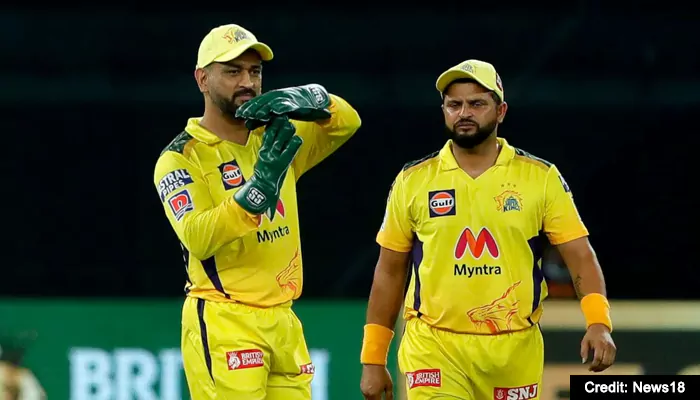
From close calls to big breaks – How the Decision Review System has evolved in the IPL
Ever watched an IPL match where a batter walks off shaking his head, convinced he wasn’t out? Or does a bowler fume at the umpire for not giving an LBW that looked plumb? That’s where the Decision Review System (DRS) comes into play – the ultimate truth-seeker in cricket.
Players had to accept an umpire’s decision for years, no matter how controversial. But technology changed that. With a simple ‘T’ sign, teams can challenge decisions, placing the outcome of a dismissal in the hands of ball-tracking, snickometer, and thermal imaging. And in the IPL, where matches can swing in a matter of balls, a correct review can mean the difference between victory and heartbreak.

Credit: India TV
The IPL introduced DRS in 2018; since then, it has become sharper and more inclusive. Initially used only for dismissals, the system now allows teams to challenge no-balls and wides as well. Let’s break it down:

A team can challenge an on-field umpire’s decision by making a ‘T’ shape with their arms (or bat).
The third umpire uses Hawk-Eye, UltraEdge, and ball-tracking technology to review the footage.
If the decision is overturned, the team keeps its review. If not, they lose it.

Credit: revsportz
If ball-tracking indicates a marginal call (such as an LBW impacting less than 50% of the stumps), the original umpire’s decision remains in effect.
In these instances, the team does NOT forfeit their review – a slight relief for captains.
![]()
Credit: Times Now
Since 2023, players can challenge no-balls (especially for height) and wide balls.
Given how many IPL games go down to the last ball, even one wrongly called wide can change the match’s outcome!
Each team receives two reviews per innings – use them wisely!
A review must be requested within 15 seconds of the umpire’s decision. Wait too long, and you will miss your chance.

When a review is taken, the third umpire has a range of tools to analyse the decision:
Hawk-eye – Tracks the ball’s trajectory and predicts whether it will hit the stumps.
Ultra-edge (Snickometer) – Detects faint edges by capturing sound waves.
Hot spot – Uses infrared imaging to indicate if the ball has made contact with the bat or pad.
Together, these tools ensure that no mistake goes unnoticed, although even technology isn’t perfect!

Credit: India.com
Think back to the pre-DRS era. Players could only fume at a bad decision, hoping the commentators would sympathise. Now? They take matters into their own hands.
With the expansion of DRS, the IPL has ensured that teams get a fairer shot at glory. And for fans? It adds another layer of drama to an already high-octane tournament!